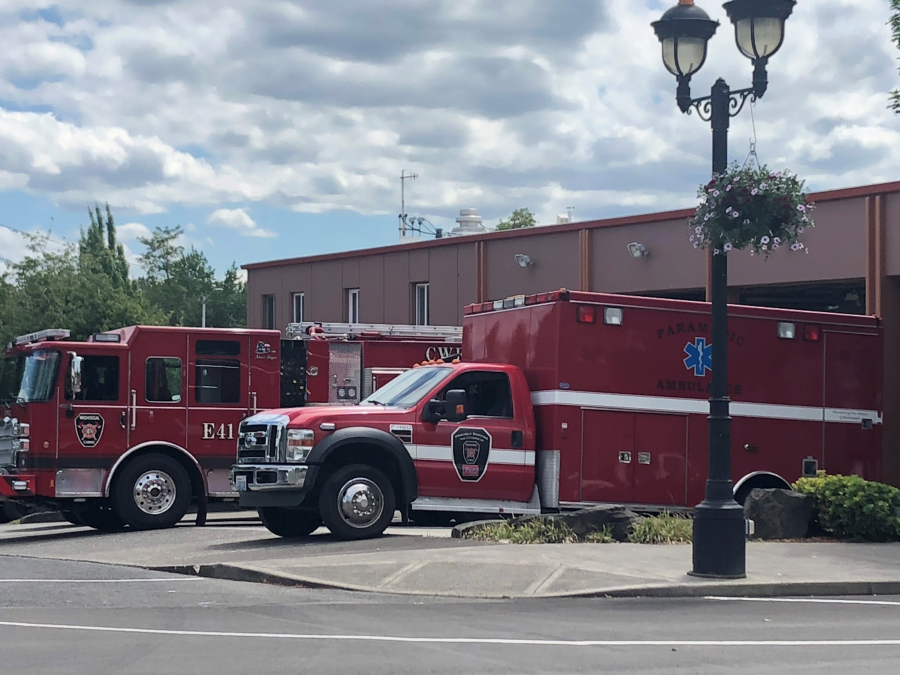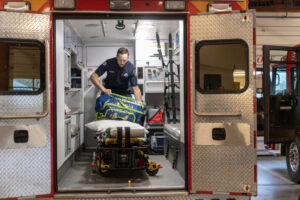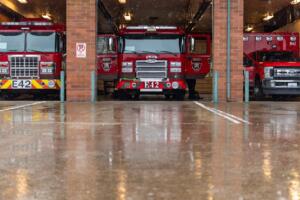Camas City Council members agreed this month to move forward with the creation of a capital facilities plan for the Camas-Washougal Fire Department.
The report should help officials in Camas and Washougal understand the best way to allocate fire impact fees from new developments, said CWFD Fire Chief Nick Swinhart.





